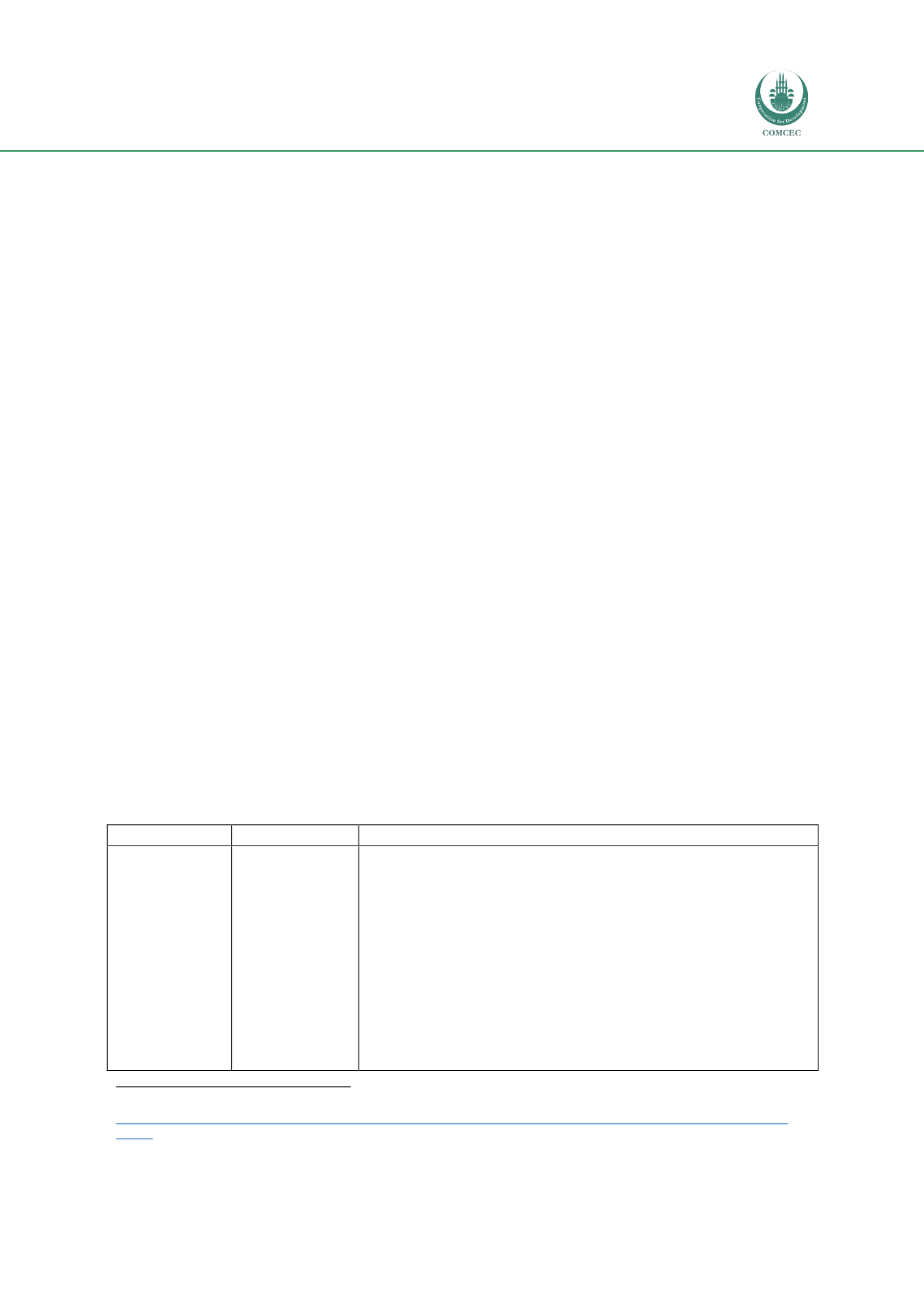

Improving Agricultural Market Performance:
Creation and Development of Market Institutions
159
enterprises fall under the supervision of the Department of Public Entities (DPE), while the
less important state -owned economic enterprises are overseen by other line Ministries. The
Public Finance Management Act (PFMA) of 1999 serves as legal framework for most state-
owned economic enterprises, and classifies these into a number of groups:
496
Schedule 1 - Constitutional Institutions (e.g. Financial and Fiscal Commission and
Municipal Demarcation Board);
Schedule 2 - Major Public Entities, of which the Government is a major shareholder
(e.g. Land and Agricultural Development Bank of South Africa, South African Airways
(Pty) Limited, South African Broadcasting Corporation Limited, South African Forestry
Company Limited, and Telkom SA Limited); and
Schedule 3 – Other Public Entities.
o
Part A – Other National Public Entities (e.g. national research institutions,
museums, foundations, funds, councils, and regulatory authorities as well as
sector education and training authorities including Agricultural Research
Council, Agricultural Sector Education and Training Authority, and Food and
Beverages Manufacturing Industry);
o
Part B – National Government Business Enterprises (e.g. Inala Farms Ltd,
Ncera Farms Ltd, and SA Bureau of Standards);
o
Part C – Provincial Public Entities (e.g. provincial gambling boards, housing
boards, planning boards, and tourism and parks boards); and
o
Part D – Provincial Government Business Enterprises (e.g. provincial
development corporations and IPAs).
State-owned economic enterprises are not – as opposed to for instance Indonesia – privatized
but are increasingly redeveloped to become more financially sustainable and efficient, thereby
taking into account the policy objectives of the long-term NDP and responding to public
mandates.
497
This is also the case for the agricultural state-owned economic enterprises.
Table 9
–
Overview of the six selected agricultural market institutions in South Africa
Classification Institution
Description
Commodity
Market
Regulation
Authority
National
Regulator
for
Compulsory
Specifications
National Regulator for Compulsory Specifications (NRCS)
was
established in accordance with the provisions of the National
Regulator for Compulsory Specifications Act, (Act no.5 of 2008) (NRCS
Act). It emerged as an independent organization from the original
Regulatory Division of the South African Bureau of Standards, and falls
under the responsibility of the Department of Trade and Industry (the
dti).
The NRCS’s mandate includes promoting public health and safety,
environmental protection and ensuring fair trade. This mandate is
achieved through the development and administration of technical
regulations and compulsory specifications as well as through market
surveillance to ensure compliance with the requirements of the
496
National Treasury (2017), Public Institutions Listed in PFMA Schedule 1, 2, 3A, 3B, 3C and 3D, available at
http://www.treasury.gov.za/legislation/pfma/public%20entities/2017-02-24%20Public%20institutions%20Sch%201- 3D.pdf [Accessed July 2017].
497
WTO (2015),
Trade Policy Review: Southern Africa Customs Union
, Geneva: World Trade Organization.


















